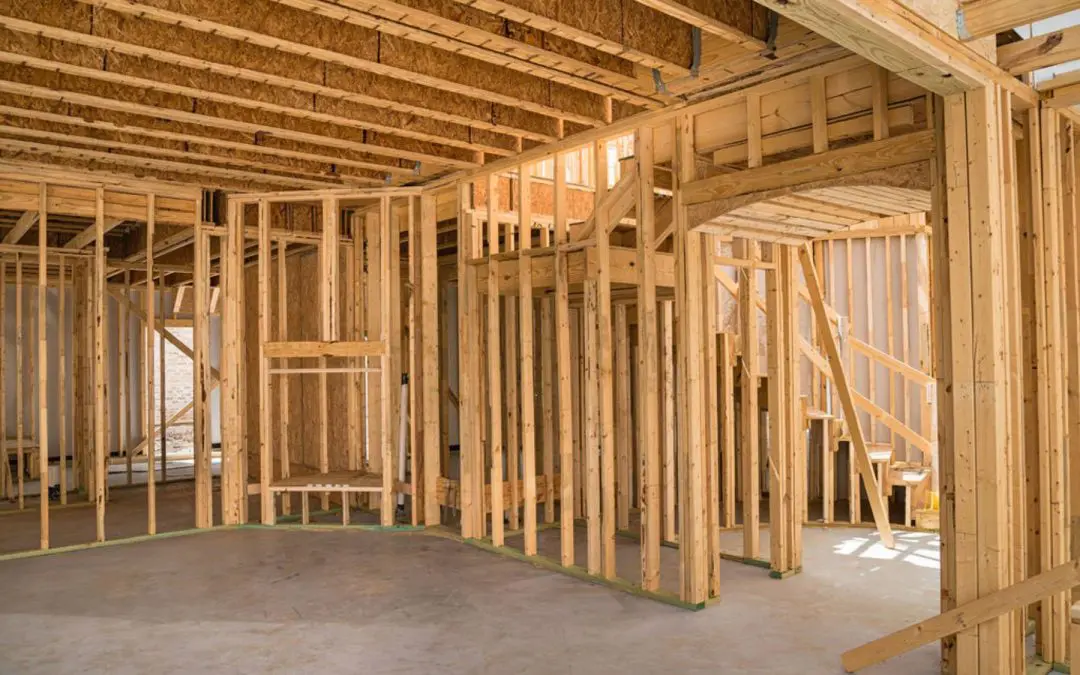Buying a newly built home often gives buyers a sense of security. Everything is brand new—from the foundation to the roof, from the wiring to the plumbing. But even new homes can have issues. Construction involves dozens of subcontractors, tight deadlines, and constant coordination. Mistakes or oversights can happen at any stage. That’s why new construction inspections are an important step before final walkthroughs, helping ensure that the home was built correctly and meets current building standards before a buyer takes ownership.
What a New Construction Inspection Covers
A new construction inspection is a thorough, unbiased evaluation of the home’s major systems and structural components. It’s typically scheduled just before the final walkthrough with the builder, allowing the buyer to address concerns before closing.
The inspection covers the foundation, framing, roofing, insulation, windows, doors, HVAC, plumbing, electrical systems, interior finishes, exterior grading, and more. It ensures everything functions properly and complies with industry best practices and local codes. The purpose isn’t just to find cosmetic issues, but to flag functional or structural problems that could lead to repairs.
Common Issues Found in New Homes
It’s not unusual for new homes to have incomplete work, improper installations, or components that don’t meet code. Inspectors often identify problems such as poorly sealed windows or doors, grading that slopes toward the foundation, missing insulation in attics, incorrect wiring, or HVAC systems that aren’t properly balanced. These aren’t necessarily signs of a bad builder—they’re often the result of rushed timelines, miscommunication between subcontractors, or inspections that only check for code compliance rather than quality.
Why It Matters Before the Final Walkthrough
The final walkthrough with a builder is the last formal opportunity to request corrections before closing. A professional home inspection report gives buyers a clear list of concerns to present. Builders are typically responsible for resolving these issues as part of the construction agreement. Once the home closes, that leverage diminishes, and resolving issues may fall under warranty coverage, or not be covered at all.
Even in developments where local code officials perform inspections during construction, these are limited in scope and time. A third-party inspection adds a layer of protection for the buyer and can catch issues that city inspections miss or that occur between scheduled visits.
Peace of Mind and Long-Term Value
A new construction inspection gives buyers peace of mind, knowing their investment has been professionally reviewed. It helps avoid early maintenance surprises and ensures that systems operate as intended. More importantly, it sets a solid foundation for the home’s long-term performance and value.
Buyer’s Edge offers home inspections to customers in Western North Carolina. Contact us to request our services.

